Whether you’re jumping into the Diablo 4 beta, release or somewhere later down the line, you will find the five classes are thematically solid. Each class has its one unique class fantasy, strengths, weaknesses, and core skill design to make things interesting. So, with the depth of each class, choosing a class is certainly a hard part of Diablo 4. So, we’ve decided to make this Diablo 4 class picking guide to assist with an overview of each class to explain their features better.
Diablo 4 Class Picking Guide¶
So, there are five classes. These classes are:
- Barbarian
- Druid
- Necromancer
- Rogue
-
Sorcerer
Below, we’ll detail each class to help you through this Diablo 4 class-picking guide. Feel free to click on the links on the list above to auto-scroll to these sections, as it is a rather lengthy document to scroll through otherwise.
Read More:
- Best Diablo 4 Barbarian Builds for Server Slam.
- Best Diablo 4 Druid Builds
- Best Diablo 4 Necromancer Builds
- Best Diablo 4 Rogue Builds
- Best Diablo 4 Sorcerer Builds
Barbarian Class Overview¶
The Barbarian wants to jump in, hit things for incredible damage, and handle a beating too. Image via Blizzard Entertainment.
The core of the Barbarian is that it is your rugged, defensive, yet strong, fast and aggressive class. You can expect to go into the Barbarian being able to maneuver effectively, yet still being able to take a hit and also deal some incredible damage. There are a few key features of the Barbarian in D4:
- Arsenal and weapon expertise.
- Berserk buff.
- Rage resource.
Fury: Let’s start with your main feature, the Fury resource bar. Fury is your builder spender resource, which your Barbarian will accumulate in combat, using your rage generation skills and certain weapon buffs. As you build your Fury up, you’ll then be able to spend it on your core skills, and other devastating skills the barbarian has. The result is that you do a small period of low damage, while you manage your resource economy, and then dump it for certain effects, and skills, to really get the Barbarian’s blood pumping.
Berserker Buff: Meanwhile, the Berserk buff is an exclusive Barbarian buff, which grants bonus damage and movement speed. This will allow the Barbarian to go even faster, and do even more damage. Combine this with your movement and higher damage rage spending skills, and you can see how the class starts to ramp its damage up.
Arsenal & Weapon Mastery: The other unique feature is the Arsenal system, along with its weapon expertise features. The Arsenal system essentially allows the Barbarian to equip four weapons. This means you get four weapon stat sticks, all of their stats, aka affixes, legendary effects, and more. In addition, each weapon type has its own stats, which can grant more damage, better lucky hit effect appliers, better stun chance, rage generation, and more. So, there are going to be lots of stats Barbarians can get when they get going, along with the way your items affect your general skill usage and combos. It may be somewhat convoluted. However, Barbarians can get a lot more out of coming up with different builds, theory-crafting, and adapting their combos in more ways than one. There’s a lot to this feature, so if you want an expanded view, we recommend taking a look at a more in-depth guide on Diablo 4’s Arsenal system.
So, to conclude, the strengths and Weaknesses of the Barbarians are as follows:
| Strengths | Weaknesses |
|---|---|
| Huge Damage | Fury Dependent |
| Berserking Buff | Proc reliant |
| Great Movement | Cooldown heavy |
| Tanky | Slow early game, so requires investment |
| Lots of weapon stats | It can seem complicated thanks to various weapon type and skill combos. |
- Oh, bonus strength, this is also the class with whirlwind, so feel free to spin to win and find new ways to pump damage out blending in the new Arsenal experience too!
Druid Class Overview¶
The Druid is a nature-loving shapeshifter who loves to give and get buffs too. Image via Blizzard Entertainment.
The Druid is an interesting class, thanks to its mixture to play with either as a physical shapeshifter with their forms, ranged magical caster, focusing on lightning and nature themes, or even poison theme as if you’re a Witch Doctor from D3. So, you can certainly do a lot of variety with the Druid. ![]() Below is the main theme of the Druid so that you can get an idea about the class.
Below is the main theme of the Druid so that you can get an idea about the class.
- Animal Bond buffs
- Shapeshifting
- Support utility
Animal Bonds: The main unique aspect of the Druid is that they have unique animal buffs. As you play the game, you will get animal buffs via your animal companions, progressing their bonds, levels, and story content.. Once you have the four animal companions, you can select a second buff from any of your animals and get a unique fifth buff. So, there’s quite a lot of opportunity to grant your class buffs to suit your preference.
Shapeshifting: The other standout point is the Druid’s shapeshifting skills. We know the Druid can turn into a bear and cat, to deal with some super strong moves. The one move we know right now is the Werebear Pulverzie, which turns you into a bear and does huge damage. Undoubtedly, there’s more still to come from the Druid’s Shapeshifting to grant unique moves for various situations.
Utility: The other unique angle of the Druid is the utility it brings. Perhaps it’s the biggest utility class in the game. For example, the Raven companions help to apply vulnerability, while your bear roars can lower attack speed. There’s also lots of crowd control via the tornados, shapeshift tramples, rock throws, and stuns via your vine creeping. So, no matter if you spec magical caster, shapeshifter, or poisonous, you’ll always have some from off CC or buff effect in your build for you and your party.
| Strengths | Weaknesses |
|---|---|
| Varied playstyles | Builds lock out other areas of your class theme |
| Tanky through lots of defensive options | Slow to start |
| Lots of CC | Not so much damage compared to the other classes’ core skills |
| Lots of buffs and debuffs for group play |
In summary, if you want a solid class that’s tank, bursty, with lots of support utility and CC, the Druid is one to consider in this Diablo 4 class picking guide.
Necromancer Class Overview¶
The Necromancer returns with its love of summons and with forbidden magic types. Image via Blizzard Entertainment.
The Necromancer is back in the starting class roster of D4, and it comes with a mixture of D3 and D2 styles of play. As you would suspect, the Necromancer in D4 is all about blood magic, death magic, and summoning minions. Here is a look at their main features:
- DoT effects
- Minion Summoning
- Blood Magic
Minions: Let’s start with Minion Summoning, as that is the general most standout feature of the Necromancer class. In Diablo 4, Necromancers get their hands on the unique feature called the Book of the Dead, which is a way to customise your minions’ playstyles somewhat. The Book of the dead affects all three minion types, the ![]() Skeleton Warriors, Mages, and the Golem. The general theme is that you can make each of these minions more focused on dealing higher damage at the cost of their defensive stats, tankier at the cost of damage, or more focused with their abilities, rather than damage or health. Therefore, you can essentially modify your minions to fill a hole in your build or even become even more enhanced depending on your build.
Skeleton Warriors, Mages, and the Golem. The general theme is that you can make each of these minions more focused on dealing higher damage at the cost of their defensive stats, tankier at the cost of damage, or more focused with their abilities, rather than damage or health. Therefore, you can essentially modify your minions to fill a hole in your build or even become even more enhanced depending on your build.
Magic Schools: The other major theme of the Necromancer is it can become very defensive via the blood magic, or specialize in a more DoT-focused playstyle through the necrotic skills. The blood theme seems to unleash very powerful blood flood skills, while also granting solid mitigation or even hardline defense. Meanwhile, the DoT necrotic damage will rely more on death magic to make you play like a sorcerer with huge Aoes and DoTs, like dropping meteors and burns, albeit with Blights and Curses.
| Strengths | Weaknesses |
|---|---|
| Strong damage across all themes | Slow movement |
| Somewhat tanky via blood magic | Essense-intensive |
| Solid solo class through minions |
Therefore, there’s a lot of build variation you can go on the Necromancer. Undoubtedly, this will be a solo player’s dream of unleashing an army of the dead, or ripping armies apart through blood and necrotic magic to make farming easier.
Rogue Class Overview¶
The Rogue is a mixture of melee and bow assassination, yielding high skill and damage ceilings. Image via Blizzard Entertainment.
The Rogue takes your classic assassin focus playstyle, and to some extent, the Demon Hunter playstyle, and rolls it into one. Therefore, the Rogue offers a very mobile, fragile, yet powerful high-damage ceiling class, blending in ranged and melee attacks for the scenario or attack combos. In addition, there are some other unique features to make the class standout amongst its peers. You can check all the mainstay features of the class here:
- Specializations
- Energy
- Ranged and melee weapons
Energy: The main aspect of the Rogue is its resource bar, Energy. Energy works very similarly to the Rage feature of Barbarians, as you need high energy to hit with your most devastating core or ultimate skills. This means that the Rogue must manage their energy properly to execute their enemies. However, their basic skills will generate resources, and even apply debuffs to an enemy. So, while you’re building your energy up, you can apply various debuffs and create various interactions, ready for when you want to spend your high energy move on huge damage. So, there are quite a few interactions to consider within the general light skill into core skill combos.
Hybrid weapons: The other interesting thing about the Rogue is that you can use melee weapons, and ranged weapons. When you need to get into melee range, you can equip melee weapons, and use your melee light and core skills on enemies. Meanwhile, you can use your bow to setup AOE ranged skills, or even light attack with your bow to get energy back that way., Now, this is important, as sometimes you can get into a fight, or need to peel for yourself, as the Rogue is very squishy. Therefore, you can position yourself better by adding a bow in your build. There’s an element of positioning and kiting skill here, but, it’s a worthy skill to get closer to the class’ skill ceiling.
Specializations: The other major thing is that the unique feature of the Rogue are specializations. In total, there are three specializations, which are:
- Combo Points
- Inner Sight
- Preparation
At the time of writing, we know what two of the three are. Combo Points allow you to build up a resource to use to empower your abilities later on for bonuses related to that skill. This works very similarly to how Rogues work in Diablo’s sister game, World of Warcraft. So, it means players can generate combo points, and use them in their main skills for more creative and devastating effects. Meanwhile, the Inner Sight playstyle allows you to mark a target, offering players the chance to fill that meter, and when it is filled, will allow unlimited energy usage in a small window, meaning you can dump lots of expensive skills for some incredible burst damage. This playstyle will mean you want to play more risky, and get that bar filled to really reap the DPS potential you can get from it. The other is Preparation, which we don’t have information on that unlocks later than all preview events have allowed. So, we will update this at another time.
In summary, the main strengths and weaknesses of the Rogue are as follows:
| Strengths | Weaknesses |
|---|---|
| High damage ceiling | Positioning dependent |
| Hybrid range and melee | Slow builder spender playstyle |
| Mobile | Squishy |
| Specs to suit various playstyles |
If you like the hybrid gameplay style, which will offer players ways to address their squishiness, alongside high mobility, damage, and combos to chose from, the Rogue might be the best bet in this Diablo 4 class picking guide.
Sorcerer Class Overview¶
The Sorcerer loves to blast away packs and packs of enemies using the elements. Image via Blizzard Entertainment.
The Sorcerer is the master of the elements. It offers a high-damage caster playstyle, equipped with various elements to destroy and manipulate their foes through ice, fire and lightning spells. Their use of the arcane and magic offers them plenty of utility and damage to make a strong caster playstyle. Here are the core features of the class:
- The Enchantment unique class feature
- The farmer
- CC bot
Enchantments: Lets start with the unique class feature, the Enchantment. The Sorcerer’s unique class feature allows players to create passive buffs, similar to the Druid’s animal companion passive feature. However, this class works because you need to spend at least one skill point in a skill to access its unique passive. Doing so will give you a passive for every skill you have. Obviously, it means having to allocate your skill; points way from your primary skill build, but, it means you get some rather unique and interesting powerups. These are typically percentage chances to use that spell automatically, which can be nice for some extra offensive or defensive capabilities.So, it means you can potentially make a pure offensive spell with some added CC or defensive utility. Or combine passive fire effects with fire skills to combo more fire damage to enhance threat offensive mage playstyle.
AOE Farming and CC Utility: The other important thing to note is that the Sorcerer, when played well, can be the best farmer in the game. More than likely, the unique farming and legendary farming race is going to be won by skilled sorcerers on every ladder. The reason why is down to their AOE and placeable skills. You have blizzards, firewalls, and other skills that can annihilate enemies or even drag enemies to path into hazardous spells for even more effect. Not to mention you have frost skills that can freeze enemies in place, allowing you to continue to harass or escape, even when you’ve made an error. The result is the Sorcerer will be an effective map, dungeon, and stronghold clearer. However, they don’t appear to offer much team utility, outside of their CC, and may make poor boss killers, such as fighting world bosses in parties. It’s going to be a great PvPer too for these reasons.
Flashbacks to the WoW Arena.
Like all classes in this Diablo 4 class picking guide, we are here to present some strength and weaknesses to summarize what you’re getting yourself into with this class.
| Strengths | Weaknesses |
|---|---|
| Incredible AOE | Mana management crucial |
| Frost spells create incredible crowd control | Squishy outside few defensive skills |
| Decent mobility via teleports | limited team utility outside of CC |
| Efficient farming via placeable skills, burst and AOE. |
If you’re all about blowing packs away, and making sure you can survive some very ambitious pulls with your CC, grabbing loot, and challenging yourself to map clear speed, the Sorcereer is likely the pick you want.
With all the classes out of the way, this concludes the Diablo 4 class picking guide. You should now have a better impression and idea of what each class has that’s unique to them, and an idea of the strengths and weaknesses of each class. That way, you know what classes offer you the build depth and diversity, and what role they play in the game. What class are you going with? Feel free to let us know in the comments!
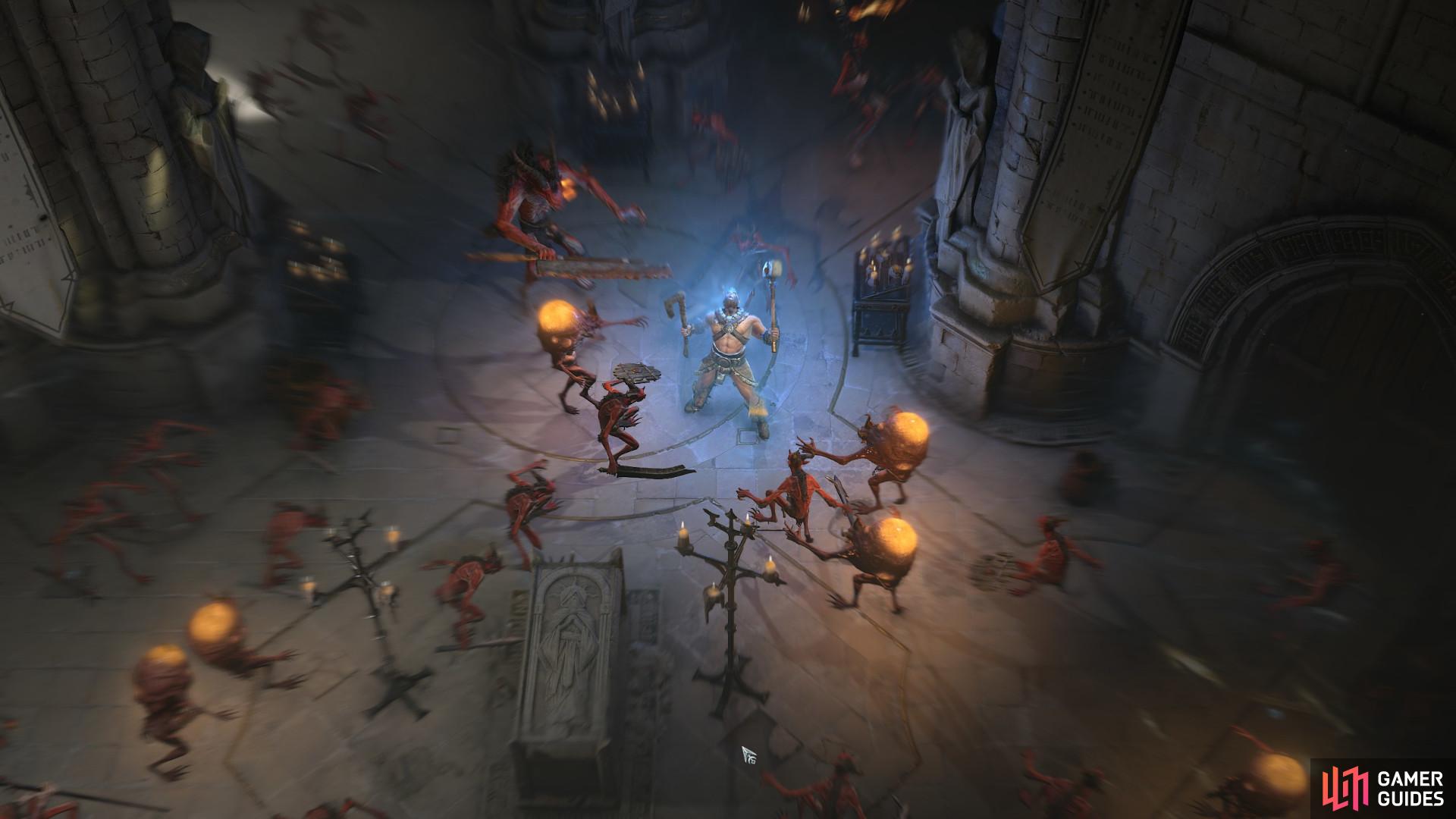
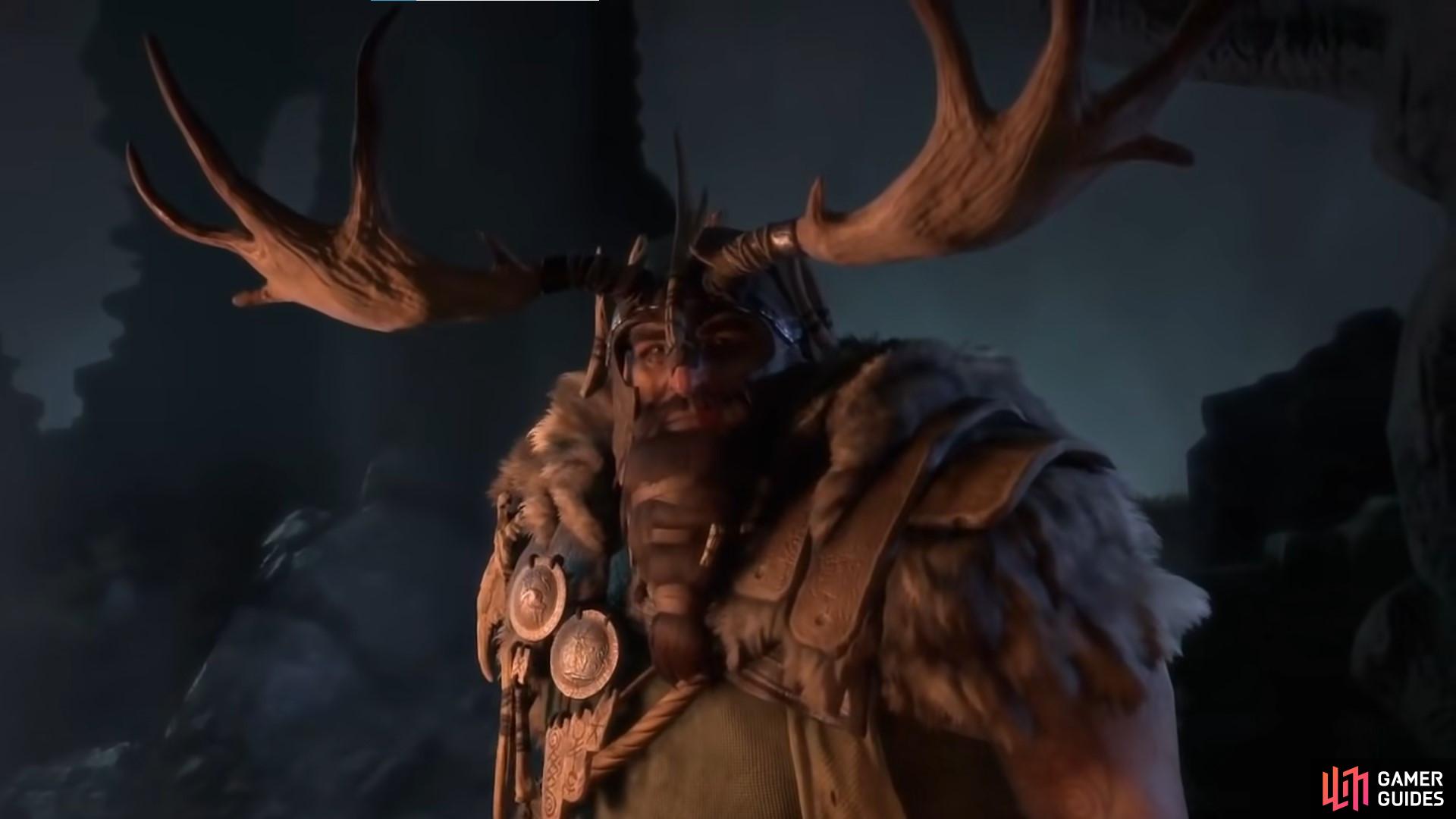
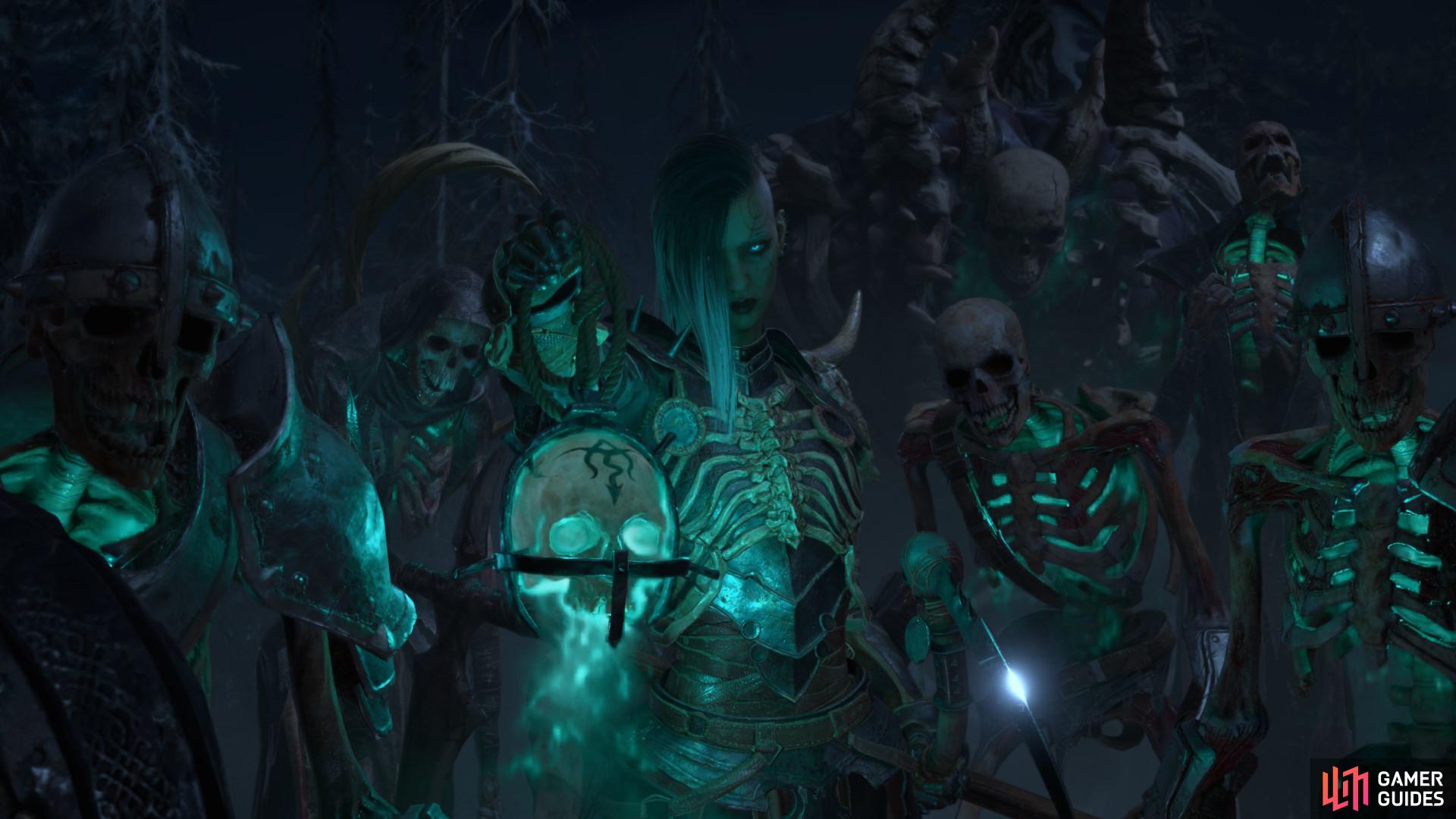
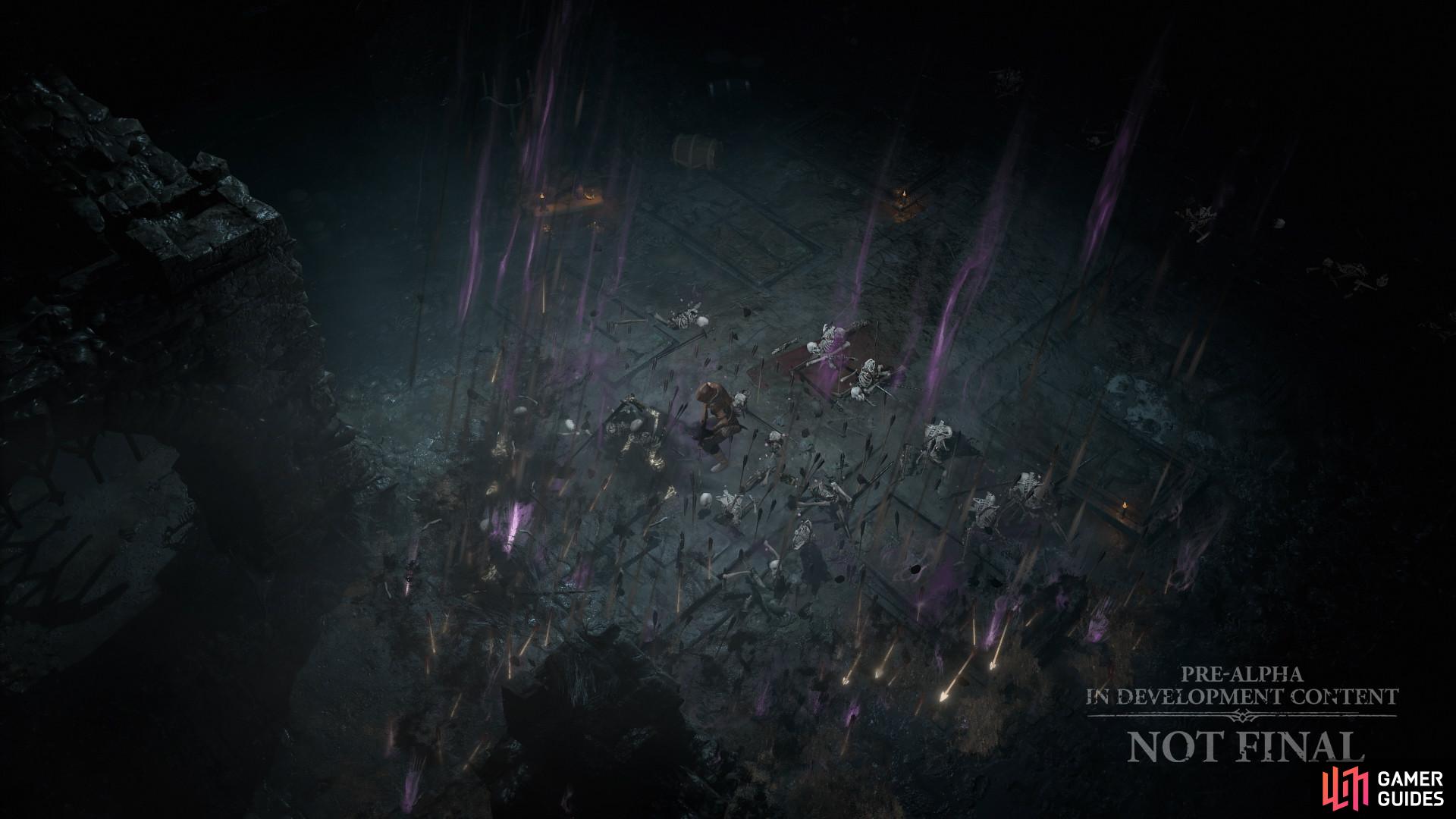
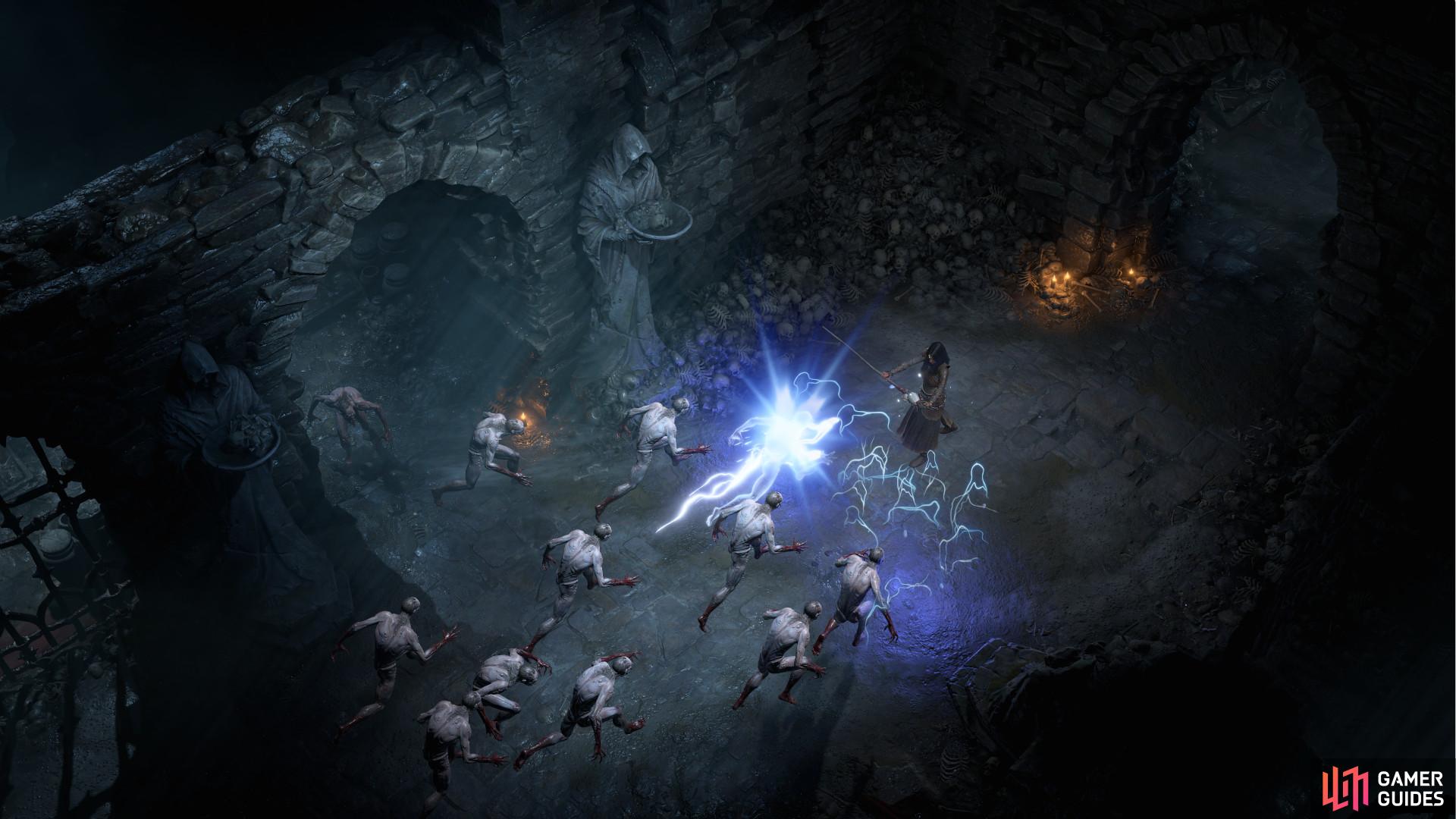

 Sign up
Sign up
No Comments